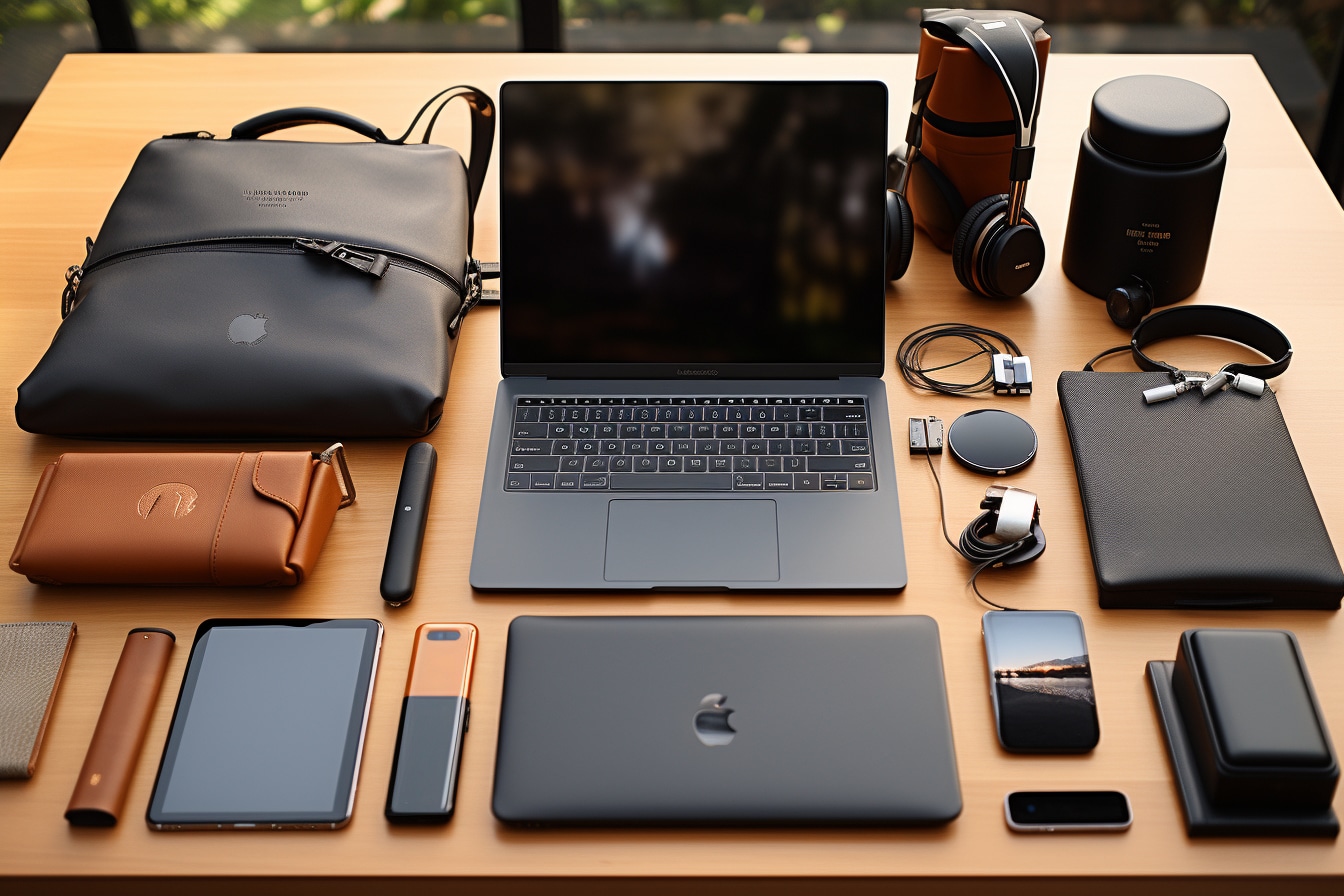How do you use images in your blog posts?
Publishing quality posts on a regular basis is useful for keeping a blog alive, but it’s not the only thing you need to do to make the “place” pleasant and appealing. Integrating images also helps to optimize the blog. But you can’t do it just like that. So it’s worth knowing how to use images to enhance your blog. So how do you go about it?
Using your own photos won’t be a problem. However, if you have to use images found online, there’s one thing you need to be careful about: do you have to pay copyright? The creators of these images may charge you to use their work. As a general rule, you should at least mention the image’s author.
Please note that even if you use images created by Artificial Intelligence, copyright exists. These may be linked to the creator of the program used, or to the sponsor (i.e. you). Don’t forget to ask before using the images in question.
You can also use free images found on many online sites. But even if they’re listed as free, always remember to check the terms of use.
Optimal image integration
Even if an image is always welcome to illustrate a point or to amuse, you’ve no doubt already noticed that when there are too many images on a blog page, it loses its appeal. It’s important that the text-to-image ratio is reasonable and logical. A good rule of thumb is 60% text and 40% images (the same ratio as for email campaigns or newsletters).
Once you’ve decided on the images you want to use, you can’t just place them anywhere. You have to be logical. Don’t put just anything anywhere. In simple terms, an image should illustrate a paragraph precisely (i.e. it should be placed just before or after it). If you’ve fallen for an image that has no connection with the text, forget it!
Images also help structure your text. It offers a moment’s rest in the reading process, which is vital, especially if you’re offering long texts.
Image size is also important. All too often, we still see images that are far too large and slow down blog reading. We generally use a 600-pixel image as a base. It’s big enough to illustrate the message, but not too big to detract from it. What’s more, images with this characteristic are lighter, so your blog pages download faster.
It’s also essential to tag these images properly. This makes it easier for your articles to appear in the SERPs (search engine results pages). You’ll need to rename the image correctly, remember to tag and describe it properly, and don’t forget to include the appropriate keywords. Good tagging optimizes crawling.
What type of image?
It’s obvious, but it’s imperative that your images match your text. If you put a picture of a kitten in a travel blog, it doesn’t make sense. Apart from this logical basis, you have a choice. You can turn to abstract images or shots of human faces. In this respect, it may be useful to know that this type of image (face or whole person) places the reader in a familiar and more sympathetic universe, in short, one with more humanity. The brain will also look first for a human figure in an image.
It’s also worth setting up a way of reading your images, and using certain points used by art historians to analyze a work of art. So, visualize the image according to its reading direction (first what is most visible), the perspective chosen by the author or the vanishing point (the point that will catch the eye). This will enable you to create images that are easy to read.
You can use your own snapshots (your “vacation memories”, for example), take screenshots, or use image banks. Screenshots are very useful for demonstrating that what you say is validated on other sites. It’s perfect for blogs presenting tutorials, news articles… If you’re presenting a site, don’t hesitate to capture its home page and integrate it into your presentation. As for images found in image banks, you’ll need to check that they’re free of rights and what the conditions of use are, to avoid doing just anything. Finally, you can also use publications found on social networks. Using the “embed” function, this can be done very quickly.
It may seem logical, but the images you use must be of impeccable quality. A blurred or pixelated image gives the wrong impression. What’s more, many Internet users use Google image to do their research, and if your photos are of poor quality, they won’t be used. You’ll lose visitors.
Images can create sensations and emotions. Capitalize on this to integrate the reader into your text. Showing an image of a superb cake, for example, will appeal to readers with a sweet tooth. On the other hand, a picture of a totally botched cake will give a bad feeling. So it’s important to choose carefully.






